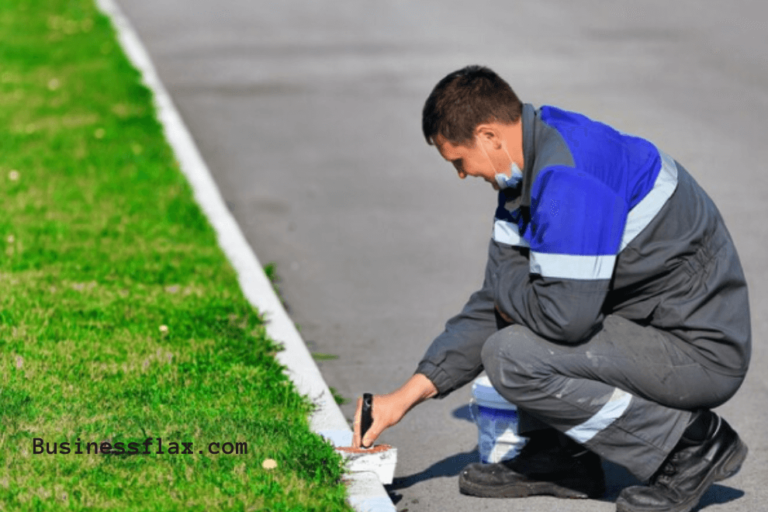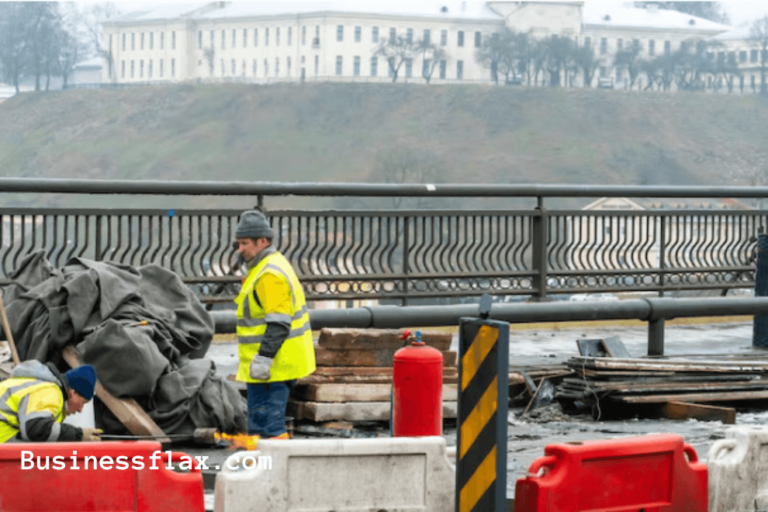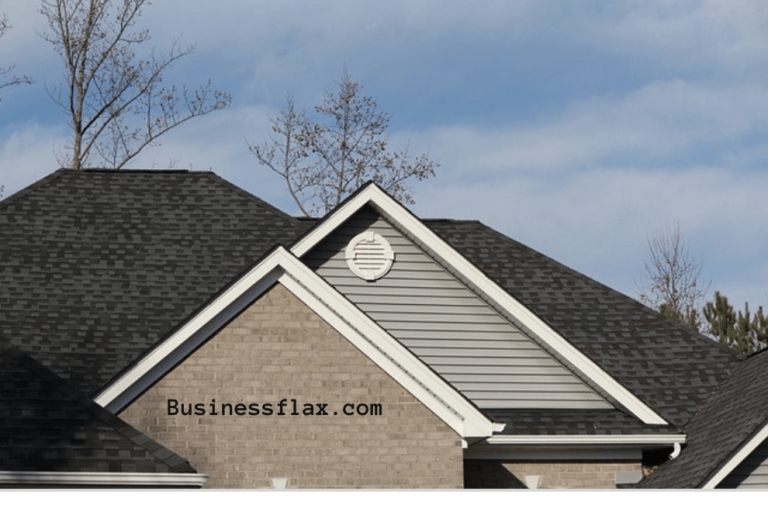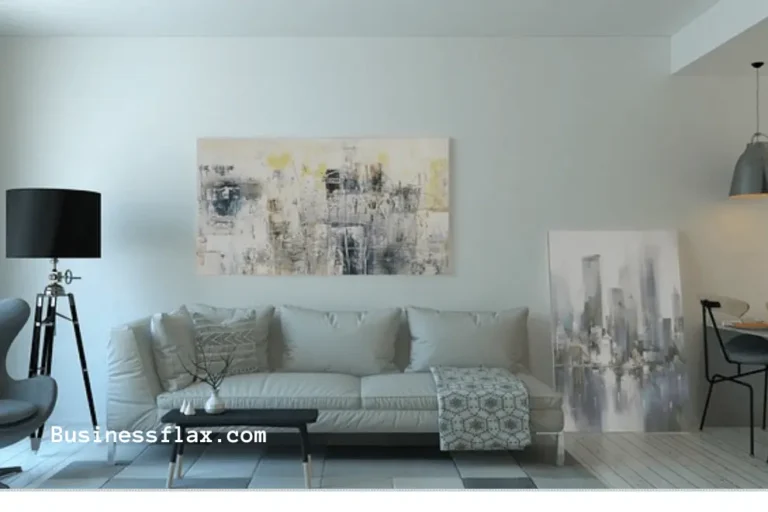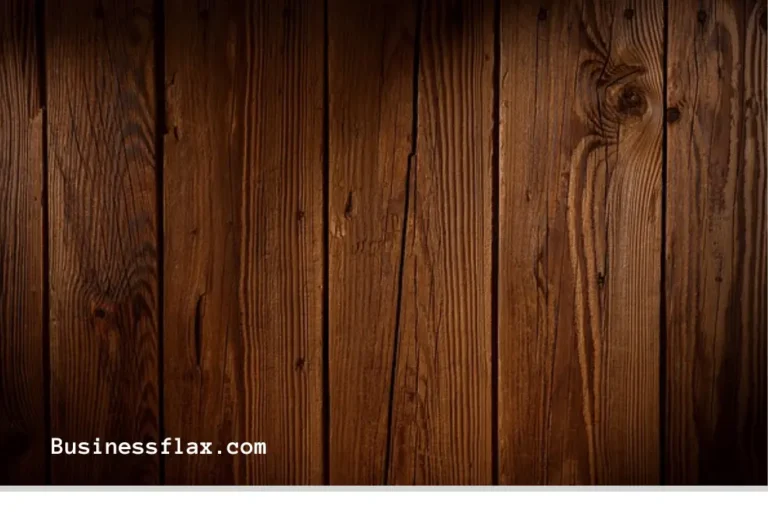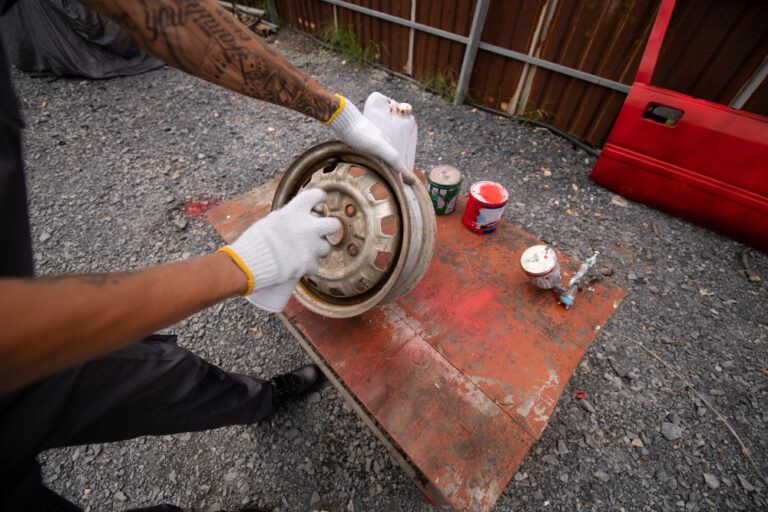Painting Cement Blocks: A Comprehensive Guide
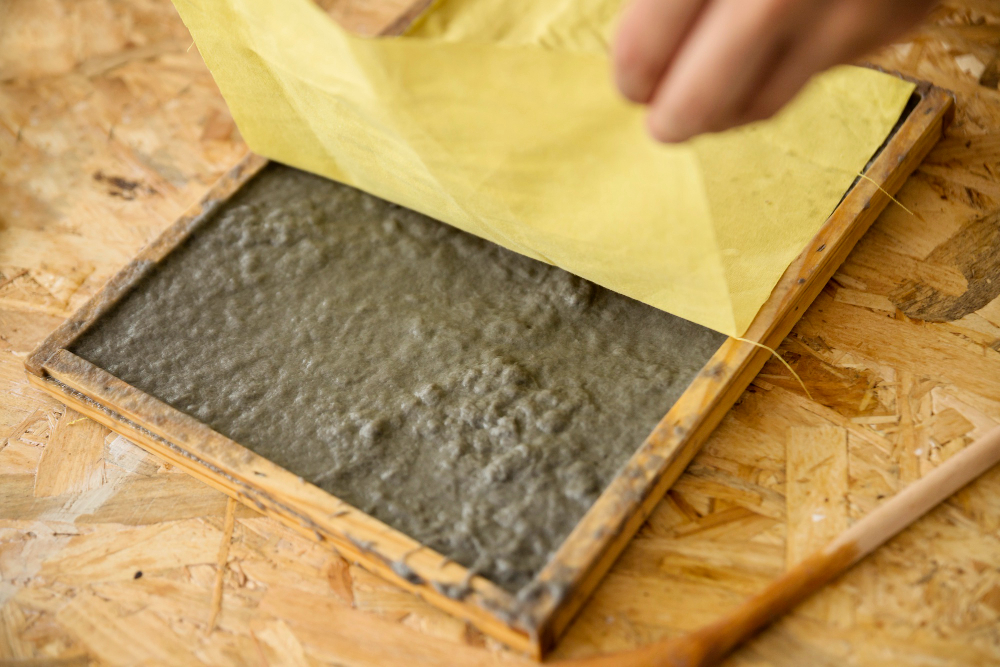
Cement blocks, also known as concrete masonry units (CMUs), are a popular building material used in construction due to their durability, strength, and affordability. However, their gray, utilitarian appearance often calls for enhancement, and one of the most effective ways to improve their aesthetics is through painting. This article will guide you through the process of painting cement blocks, from preparation to the final coat, ensuring a professional and lasting finish. You can also read here about Garden Furniture Pallets.
Understanding Cement Blocks
Cement blocks are versatile building materials used in various structures, including residential homes, commercial buildings, and garden walls. They come in different shapes and sizes, providing flexibility for various construction projects. Despite their functional advantages, the raw, porous surface of cement blocks can be unappealing, prompting many to consider painting as a way to enhance their appearance.
Importance of Preparation
Proper preparation is crucial to achieving a smooth and durable paint finish on cement blocks. The porous nature of cement means it can absorb moisture, leading to potential issues with paint adhesion if not properly treated. Additionally, cement blocks can accumulate dust, dirt, and efflorescence (a white, powdery residue), which must be cleaned before painting.
Step-by-Step Guide to Painting Cement Blocks
Step 1: Cleaning the Surface
Begin by cleaning the cement blocks thoroughly. Use a wire brush or a pressure washer to remove dirt, dust, and loose particles. For stubborn stains or efflorescence, a mixture of water and trisodium phosphate (TSP) can be effective. Rinse the blocks thoroughly and allow them to dry completely before proceeding.
Step 2: Repairing Cracks and Holes
Inspect the cement blocks for any cracks, holes, or imperfections. Use a suitable concrete patching compound to fill in any gaps. Allow the patching material to cure according to the manufacturer’s instructions. Sand the repaired areas smooth to ensure an even surface for painting.
Step 3: Applying a Primer
Priming is essential for painting cement blocks. A high-quality masonry primer will seal the porous surface and provide a uniform base for the topcoat. Apply the primer with a brush, roller, or sprayer, ensuring even coverage. Allow the primer to dry completely before moving on to the next step.
Step 4: Choosing the Right Paint
Selecting the appropriate paint is critical for achieving a long-lasting finish on cement blocks. Masonry paint or elastomeric paint is recommended due to their flexibility and ability to adhere to porous surfaces. These paints are also resistant to cracking and peeling, making them ideal for exterior and high-traffic areas.
Step 5: Painting the Cement Blocks
Once the primer is dry, apply the paint using a brush, roller, or sprayer. For the best results, apply at least two coats, allowing adequate drying time between each coat. Be sure to follow the manufacturer’s instructions regarding application and drying times. Pay attention to corners and edges, ensuring complete and even coverage.
Step 6: Sealing the Surface
For added protection and longevity, consider applying a clear masonry sealer over the painted surface. This will help protect the paint from moisture, dirt, and UV damage, keeping the cement blocks looking fresh and vibrant for longer.
Maintenance Tips for Painted Cement Blocks
Maintaining painted cement blocks is relatively straightforward. Regularly inspect the surface for any signs of damage or wear, and touch up any areas as needed. Clean the blocks periodically to remove dirt and grime, which can accumulate over time and dull the paint’s appearance. If you notice any peeling or cracking, address the issue promptly to prevent further damage.
Benefits of Painting Cement Blocks
Painting cement blocks offers several benefits beyond aesthetic improvement. It can help protect the surface from weathering, moisture, and UV damage, extending the lifespan of the blocks. Additionally, a well-painted surface can improve the overall value of a property, making it more
attractive to potential buyers or tenants. Painting can also contribute to better insulation and energy efficiency, especially if lighter colors are used to reflect heat.
Common Challenges and Solutions
Efflorescence
Efflorescence is a common issue when painting cement blocks. It appears as a white, powdery residue caused by salt deposits. To address efflorescence, ensure the blocks are dry and free from moisture before painting. If efflorescence occurs after painting, clean it with a mixture of vinegar and water, then rinse thoroughly.
Peeling Paint
Peeling paint can result from poor surface preparation or using the wrong type of paint. To prevent this, always clean and prime the surface properly. If peeling occurs, remove the loose paint, sand the area, and repaint with high-quality masonry paint.
Uneven Coverage
Uneven coverage can be due to insufficient paint or improper application techniques. To avoid this, use enough paint and apply it evenly with a brush, roller, or sprayer. Multiple thin coats are better than one thick coat, as they ensure a smoother finish and better adhesion.
Frequently Asked Questions (FAQs)
Q1: Can I paint cement blocks without a primer?
It’s not recommended to skip the primer. Primer helps seal the porous surface of the cement blocks, ensuring better paint adhesion and a smoother finish.
Q2: How long should I wait between coats of paint?
The drying time between coats depends on the type of paint used and environmental conditions. Generally, wait at least 4-6 hours between coats, but check the paint manufacturer’s instructions for specific recommendations.
Q3: What type of paint is best for exterior cement blocks?
For exterior cement blocks, use masonry paint or elastomeric paint. These types of paint are designed to withstand outdoor conditions and provide a durable, flexible finish.
Q4: Can I paint over efflorescence?
No, you should not paint over efflorescence. Clean it thoroughly before painting to ensure proper adhesion and prevent future issues.
Q5: How often should I repaint cement blocks?
The frequency of repainting depends on the paint quality, exposure to the elements, and overall wear and tear. Generally, expect to repaint every 5-10 years for exterior surfaces and every 7-15 years for interior surfaces.
Q6: Can I use regular interior paint on cement blocks?
Regular interior paint is not suitable for cement blocks, especially for exterior surfaces. Use paint specifically designed for masonry to ensure durability and proper adhesion.
Q7: What is the best method to apply paint to cement blocks?
The best method depends on the size and location of the surface. For large areas, a paint sprayer is efficient and provides even coverage. For smaller areas or detailed work, a brush or roller is more appropriate.
Q8: How can I prevent mold and mildew on painted cement blocks?
To prevent mold and mildew, ensure the blocks are thoroughly dry before painting. Use mold-resistant paint and keep the area well-ventilated. Regular cleaning can also help prevent mold growth.
Conclusion
Painting cement blocks can transform their appearance and extend their lifespan, providing both aesthetic and functional benefits. By following proper preparation and application techniques, you can achieve a professional and durable finish. Remember to use high-quality materials, take your time with each step, and address any issues promptly to maintain the beauty and integrity of your painted cement blocks.

